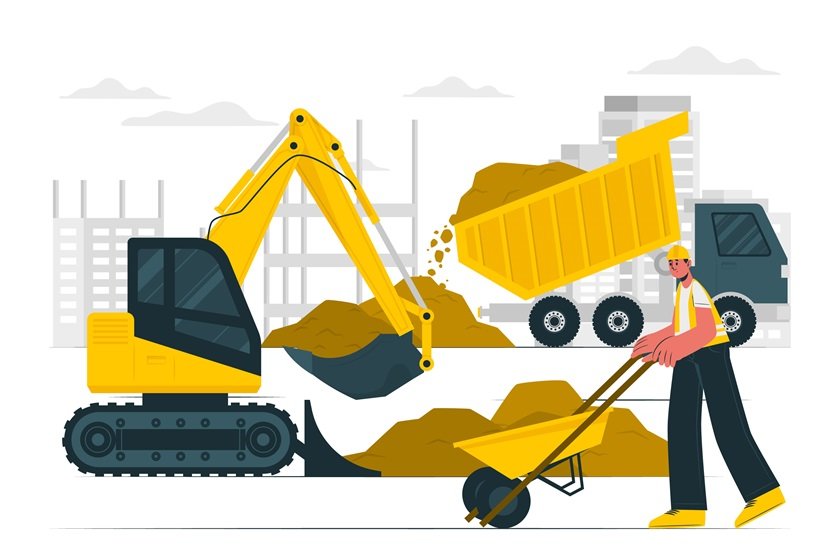The construction industry is on the brink of a technological revolution, propelled by a wave of innovation in machinery and equipment. From autonomous drones to 3D printing, the future promises a landscape of construction sites teeming with cutting-edge technologies that promise to revolutionize the way we build. Let’s take a closer look at some of the most promising innovations set to shape the future of construction machinery.
1. Autonomous Construction Vehicles:
Imagine a construction site where bulldozers, excavators, and cranes operate autonomously, guided by advanced sensors and artificial intelligence algorithms. This vision is becoming a reality as manufacturers develop autonomous construction vehicles capable of performing complex tasks without human intervention. These vehicles can navigate construction sites, interpret blueprints, and execute precise maneuvers with unprecedented accuracy, improving efficiency, and safety while reducing labor costs.
2. Robotics and Exoskeletons:
Robotic technology is poised to revolutionize construction by augmenting human labor with robotic assistance. From bricklaying robots to exoskeletons that enhance strength and endurance, these technologies promise to increase productivity and reduce the risk of injury for construction workers. By automating repetitive tasks and providing support for heavy lifting, robotics and exoskeletons can enable workers to focus on more skilled and creative aspects of construction while improving overall job site safety.
3. 3D Printing and Prefabrication:
The emergence of 3D printing technology has the potential to disrupt traditional construction methods by enabling the rapid and cost-effective production of complex architectural elements. From walls and floors to entire buildings, 3D printers can fabricate structures with unparalleled speed and precision, significantly reducing construction timelines and costs. Additionally, prefabrication techniques, coupled with advanced robotics, allow for the mass customization of building components in controlled factory environments, further streamlining the construction process.
4. Advanced Materials and Nanotechnology:
The materials used in construction are undergoing a revolution, driven by advances in nanotechnology and sustainable manufacturing processes. Ultra-lightweight yet incredibly strong materials, such as carbon nanotubes and graphene, promise to revolutionize the design and construction of buildings, bridges, and infrastructure. These advanced materials offer unparalleled strength-to-weight ratios, corrosion resistance, and durability, allowing for the creation of structures that are both stronger and more sustainable than ever before.
5. Internet of Things (IoT) and Real-Time Monitoring:
The Internet of Things (IoT) is transforming construction sites into interconnected ecosystems of sensors, devices, and machinery that communicate and collaborate in real-time. By collecting and analyzing data on everything from equipment performance to environmental conditions, IoT systems enable construction companies to optimize workflows, minimize downtime, and proactively identify and address issues before they escalate. Real-time monitoring of construction projects also improves transparency and accountability, fostering greater collaboration between stakeholders and ensuring projects stay on schedule and within budget.
Conclusion:
The future of construction machinery is brimming with promise, as advancements in technology continue to push the boundaries of what’s possible in the built environment. From autonomous vehicles and robotics to 3D printing and advanced materials, tomorrow’s construction sites will be characterized by unprecedented levels of efficiency, safety, and sustainability. By embracing these innovations, construction companies can not only stay ahead of the curve but also usher in a new era of construction that is faster, smarter, and more resilient than ever before.




